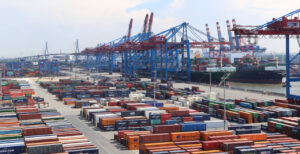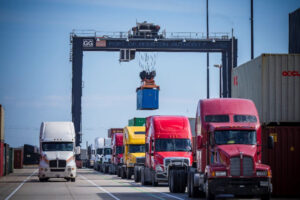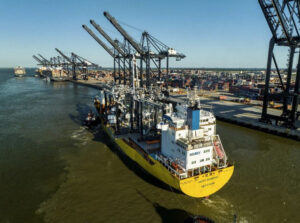The International Maritime Organization (IMO’s) container weighing rule is set to come into force on July 1, 2016; however, a survey carried out by shipping e-marketplace Inttra stated that only 30% of cargo owners said they are ready for the change, according to Lloyd’s Loading List.
Respondents have called for a digital solution to speed up the reporting of the verified gross mass (VGM) of a shipping container.
The eVGM initiative has been created under the formation of big logistics companies to meet compliance procedures and includes Hapag-Lloyd, Kuehne and Nagel and Hamburg Sud.
Inna Kuznetsova, President of Inttra Marketplace, said: “These survey results are consistent with that, as they reflect concerns over potential disruption and lack of preparedness. We believe that co-ordinated action can facilitate a smooth transition.”
Read a Technical Paper by Lars Meurling on container weight verification
The group of companies said that its main goal is to “foster agreement or consensus on a technology standard and standard business process for digital documentation of VGM submissions.”
Ms Kuznetsova said: “It is an initiative which allows companies in the queue to come together to find a standard in a common way.”
Otto Schacht, Global Director of Seafreight Operations at Kuehne and Nagel, said: “Unless global VGM communication standards and practices are adopted quickly, the VGM requirements might create confusion and chaos when implemented in June and July next year.”
PTI previously reported that as of July 1, 2016, it will be mandatory for ports to verify the weight of the contents of a container before it is loaded onto a ship. Those that do not will incur a fine.
There are currently two ways that a container can be weighed: the first is with the contents still inside the TEU, while the second method requires weighing the box and its contents separately.








